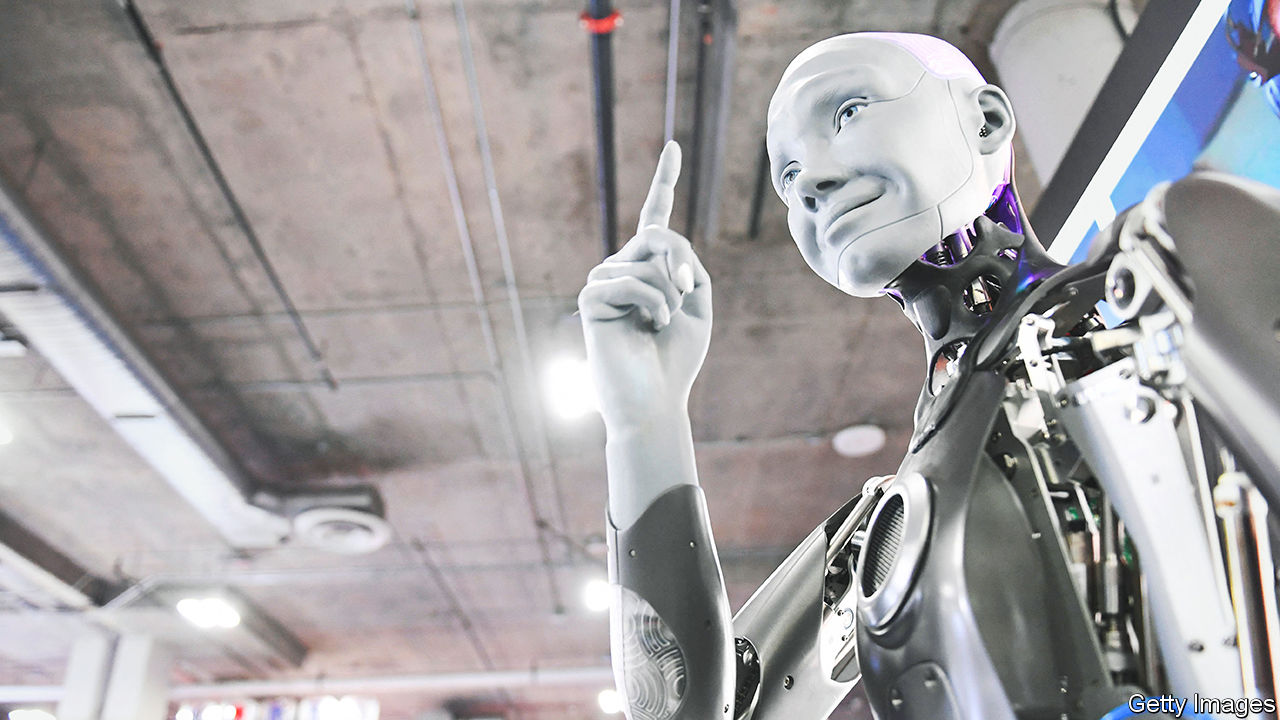AI-generated photo fooled the judges and won a photo contest
The winning entry in a photography competition organized by Australian company DigiDirect was a drone shot depicting two surfers racing towards each other.
Scientists at Osaka University's Department of Mechanical Science and Bioengineering have created a novel walking robot that utilizes dynamic instability to navigate.

Scientists at Osaka University's Department of Mechanical Science and Bioengineering have created a novel walking robot that utilizes dynamic instability to navigate. By adjusting the flexibility of the couplings, the robot can turn without the need for complex computational control systems. This advancement could greatly aid in the development of rescue robots capable of traversing uneven terrain.
While most animals have evolved a robust leg-based locomotion system that grants them high mobility across diverse environments, legged robots engineered by humans have proven to be relatively fragile. The failure of even one leg due to repeated stress significantly hampers the robot's functionality. Moreover, controlling a multitude of joints for maneuvering through complex environments requires substantial computational power. Enhancements in this design would be immensely valuable for constructing autonomous or semi-autonomous robots suited for exploration, rescue missions, and hazardous locations.
Researchers at Osaka University have now designed a biomimetic "myriapod" robot that capitalizes on a natural instability to convert straight walking into curved motion. Their study, published in Soft Robotics, outlines the robot's structure consisting of six segments, each with two legs, and flexible joints. Through motor-driven adjustments using an adaptable screw, the flexibility of the couplings can be altered during the walking process. The team demonstrated that increasing joint flexibility resulted in a phenomenon called "pitchfork bifurcation," causing the robot to transition from straight walking to a curved pattern, either left or right. While engineers typically try to avoid instabilities, purposefully employing them can enable efficient maneuverability. Shinya Aoi, one of the study's authors, explains, "We drew inspiration from the remarkable ability of certain highly agile insects to control dynamic instability in their motion, allowing them to make rapid changes in movement." By manipulating flexibility rather than directly steering the body axis, both computational complexity and energy requirements are significantly reduced.
In tests, the researchers observed the robot's capability to reach specific destinations by following curved paths. Mau Adachi, another author of the study, envisions a broad range of applications for this technology, such as search and rescue operations, hazardous environment work, and exploration on other planets. Future iterations may incorporate additional segments and control mechanisms to further enhance performance.